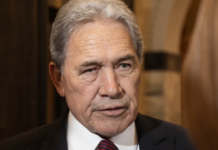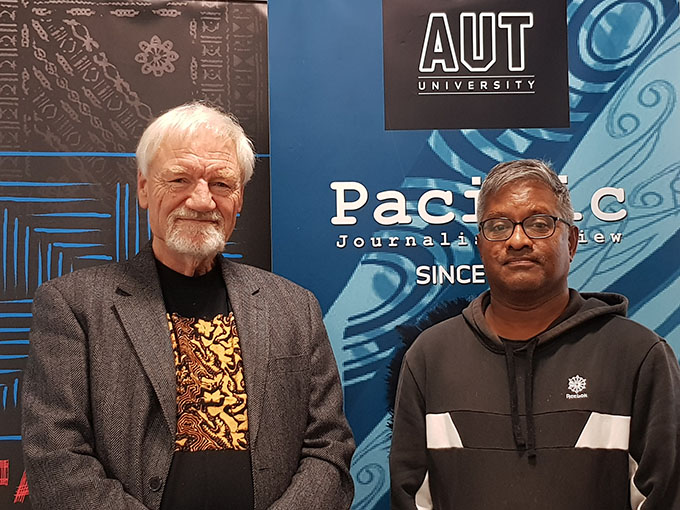
By Sri Krishnamurthi, contributing editor of Pacific Media Watch
In an innovative new development, Internews’ Earth Journalism Network (EJN) will partner with the Pacific Media Centre on a “climate and covid” project to help improve and enhance the quality of environmental and reporting in the Pacific region.
In a move that could signal future partnerships with New Zealand Pasifika groups, the 12,000-member organisation working in 180 countries is fast growing in response to the need for more in-depth sustainable development and environmental reporting.
“Building on EJN’s work in the Asia and the Pacific Region, the EJN Asia-Pacific project aims to improve the quantity and quality of environmental coverage in the region, thereby contributing to the capacity among local and regional actors to promote greater accountability and sustainable development in relation to the environment and climate in Asia and the Pacific,” says Imelda Abaño, who is content coordinator Philippines and Pacific content coordinator for EJN’s Asia-Pacific project.
READ MORE: InfoPacific – the geojournalism project
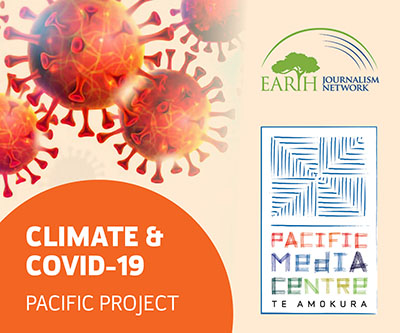
“We wanted to build and achieve this with the Pacific Media Centre and the Pacific Media Watch freedom project.
“Under the remit of our EJN Asia-Pacific project, we’re open to partnership with New Zealand-Pacific groups and any media and journalists network groups that provide environmental news and information to communities in the Pacific Island and Asian countries,” she says.
Significant step forward
Professor David Robie, director of Auckland University of Technology’s PMC, welcomes the NZ$10,000 partnership grant, saying: “This joint ‘Climate and Covid-19’ project is a significant step forward in our Asia-Pacific collaboration projects.
“The Pacific Media Centre has had long-standing initiatives with journalists and journalism schools, especially at the University of the South Pacific, such as the Bearing Witness climate change project and Pacific Media Watch.
“But now we’re delighted to be teaming up with Internews-Earth Journalism Network (EJN), one of the leaders in environmental and climate justice reportage to provide some well-researched articles and multimedia for our diverse Pacific communities across the region.
“We will gain much too from their expertise and experience,” he says.

With many media companies across the globe the impact on climate change reporting, environmental reporting, and covid-19 coronavirus pandemic reporting is being heavily felt.
“In our present situation, media outlets have fewer resources and less time to report on environmental issues,” Abaño says.

“The editors are not assigning journalists to travel and report directly from the communities who are facing the brunt of sea level rise or displaced due to hydropower development and are reliant on press releases and politicians’ speeches for their stories.”

Worldwide attention on wet market risks
However, if there is a silver lining to the covid-19 pandemic, it is that it has drawn worldwide attention to the Chinese wet markets.
“It has helped to draw worldwide attention to wildlife trade and prompted China to ban wildlife markets and use of pangolin in medicines,” Abaño says.

“It has also generated media coverage that examines the tight links between human, animal and environmental health, such as the clean air many cities are experiencing during the lockdown period, how countries can ‘build back better’ and adopt more sustainable development measures, and covid-19’s implications on the world’s struggle with climate change,” the award-winning journalist says.
She was asked by Pacific Media Watch for her opinion on what was perceived to be the predominant threats to climate change, environmental, and covid-19 reportage in the Asia-Pacific region.
“The Internews’ tagline is ‘Information Saves Lives’ and at EJN we believe that timely, accurate and actionable information from trusted sources is crucial for people making important life decisions to address climate change and other environmental threats as well as covid-19,” she says.
“Environmental threats like climate change, biodiversity loss, energy transition, are often considered “slow moving” crises (unlike the covid-19 pandemic) that do not generate as much public interest until they lead to a disaster,” says Abaño.
Abaño has been covering climate change, energy, agriculture, biodiversity and other environmental issues for more than 18 years. She is also founding president of the Philippine Network of Environmental Journalists says.
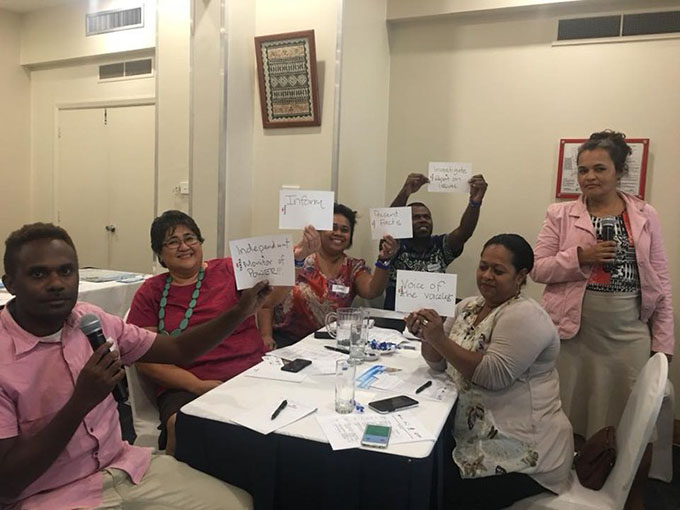
Among Pacific journalists involved in EJN is Priestley Habru, content coordinator for the Solomon Islands. He is responsible for helping implement EJN activities and projects in the region.
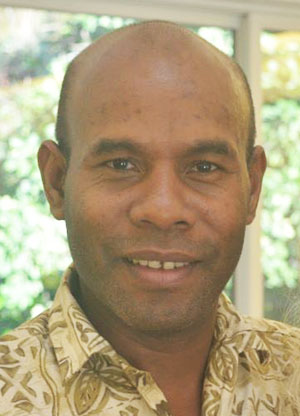
Habru also currently writes and edits news with specific interests on the environment, health and gender issues.
Disinformation an environmental threat
“Environmental issues are also often technical by nature and the knowledge on these issues is still evolving,” says Amy Sim, EJN Asia-Pacific programme manager.
“Disinformation and misinformation is another threat to environmental reporting. With rumours and falsehood being peddled so casually and widely on social media as well as mainstream news, it is critical for science-based environmental reporting to find ways to rise above the noise and distractions and reach the general public.
“There is always a need for more, higher-quality reporting about the environment, more so during a pandemic,” she says.
EJN for its part is working on developing those much-needed skills sets and training for data journalists and investigative reporting.
“We have webinars focused on coronavirus and climate change; tools to help fact-check and combat misinformation; tools to report remotely and reach new audiences, for instance through engagement or podcasting; financial support, both for individual journalists and media outlets as a whole; safety tips and psychological support; and access to new research and experts,” Sim says.
“It has always been Internews-Earth Journalism Network’s goal to empower and support journalists from developing countries, including those in the Pacific Region, to cover the environment effectively.”
EJN started working in the Pacific in 2017. In that year, climate change and oceans reporting training began with Pacific journalists and the Pacific Environmental Geo-journalism website, Infopacific, was launched.
Pacific environmental network
In 2018, EJN helped establish the Pacific Environment Journalists Network through a sub-grant, and organised a training workshop with local journalists and experts at the Pacific Media Summit in Tonga.
Then last year to the present day, EJN has partnered with the South Pacific Regional Environment Programme (SPREP) and Pacific Islands News Association (PINA) on several climate change workshops for journalists in the Pacific.
EJN has also supported the Climate Change Reporting Project of journalism students of the University of the South Pacific in Suva, Fiji.
“Through this project, selected journalist students travelled to the Solomon Islands to interact with climate vulnerable communities and report first hand on how they are coping with and adapting to climate change. Their stories have been published as a special report by Wansolwara and other Pacific media,” says Abaño.
“This project will bring another batch of students to the Cook Islands later this year to do another round of climate change reporting,” she says.
EJN has also delivered a mobile journalism training to more than 200 journalism students of the USP and this year, they looking to intensify their work in the Pacific region.
“We will partner with USP again on an environmental journalism training workshop for journalism students,” she says.
EJN story grants
EJN has also awarded story grants to six journalists following a competitive call for story pitches opened to Pacific journalists.
Those six Pacific Journalists are Stanley Simpson, Sheldon Chanel, Luke Rawalai (Fiji), Benjamin Kedoga (PNG), Alfred Evapitu and Charles Piringi (Solomon Islands).
They are also looking at partnering with PINA this year for a biodiversity reporting workshop for journalists in the Pacific as well as for the management and content production for the Infopacific website.
These projects are in addition to the annual region-wide story grants, organisation grants and fellowship opportunities available to individual or group of journalists across the Asia and Pacific region.
































